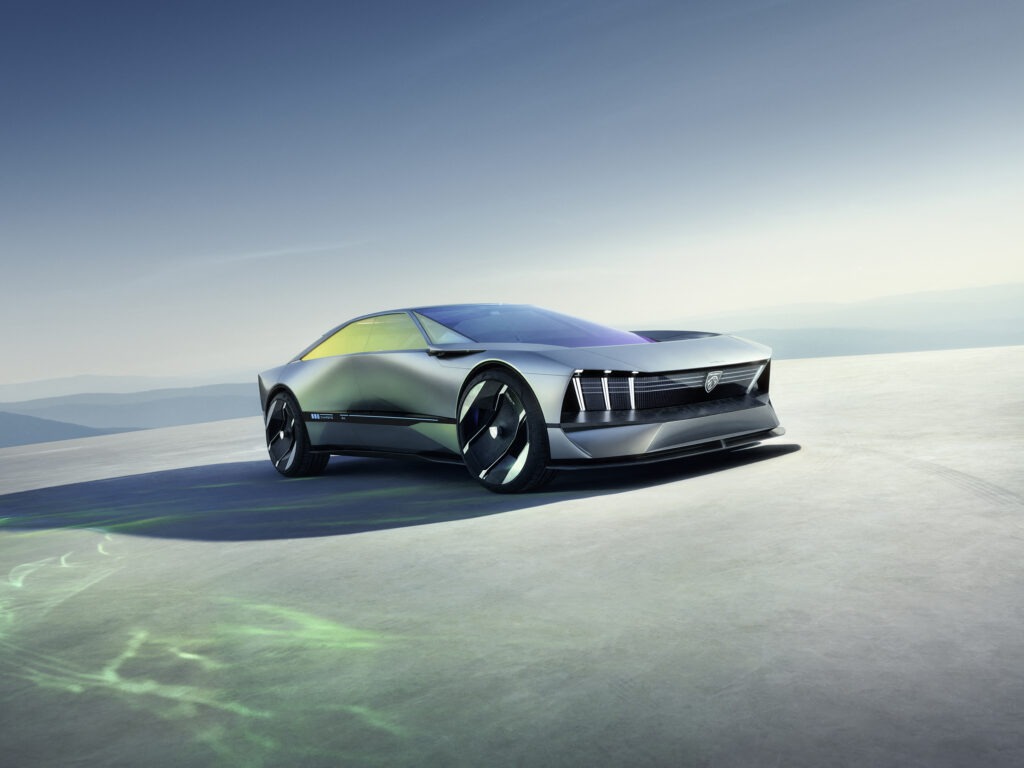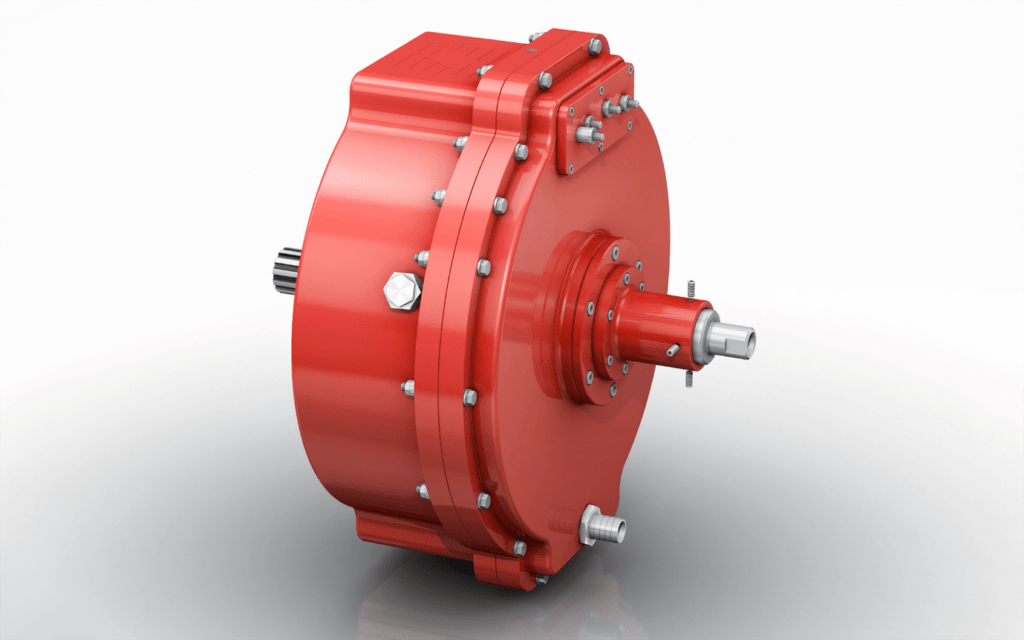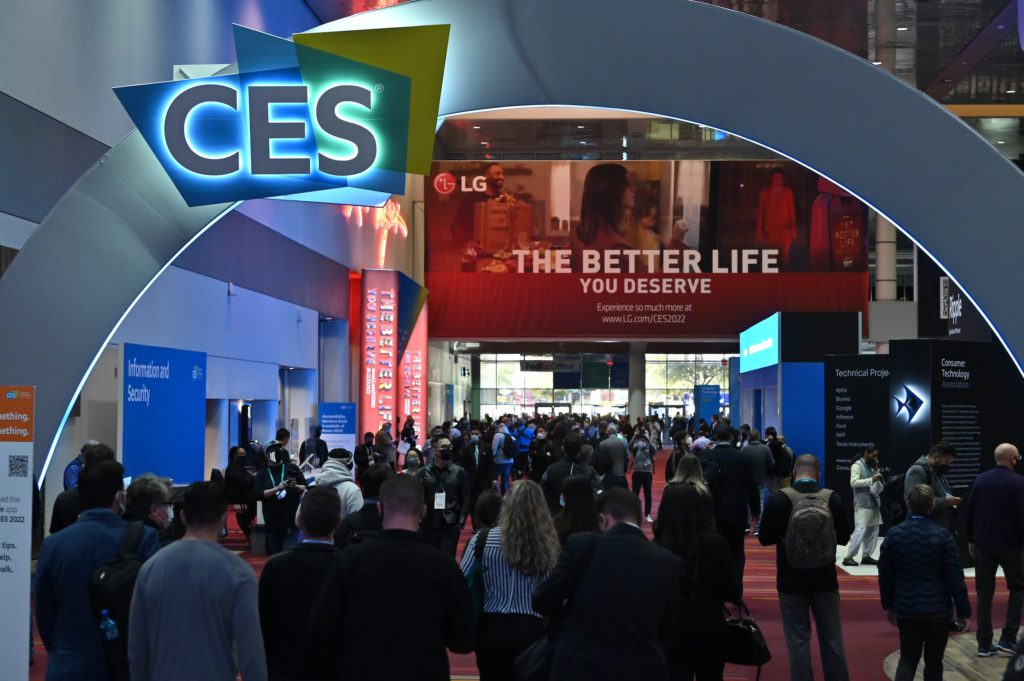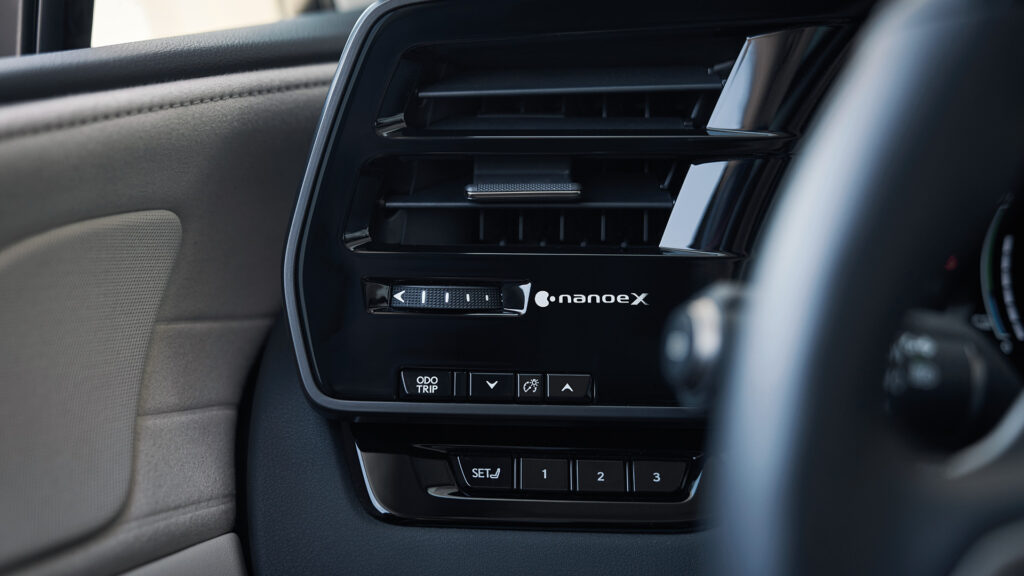Did electric-vehicle technology steal the show at CES 2023?
12 January 2023

Carmakers used this year’s Consumer Electronics Show (CES) to unveil exciting new electric-vehicle (EV) concepts. But did EV technology steal the spotlight? Autovista24 deputy editor Tom Geggus reviews the reveals.
CES 2023 saw several significant automotive announcements. Both the BMW i Vision Dee and the Afeela prototype pushed the boundaries of connected technology. Meanwhile, Peugeot proffered its vision for the future of EVs with the Inception concept.
Sat on Stellantis’ STLA Large platform, the carmaker claims its concept can travel nearly 800km on a single charge. The low consumption of 12.5kWh per 100km means the 100kWh battery can last for longer. With compact motors at the front and rear, the Inception’s combined power is close to 680hp (500kW), meaning it can go from approximately 0-100kph in under three seconds. Its 800-volt technology allows the battery to gain 30km of charge in a minute or 150km in five minutes.
‘Peugeot is committed to the electrification of its range,’ said Linda Jackson, Peugeot CEO. ‘In 2023, our entire line-up will be electrified, and in the next two years, five new 100% electric models will be launched. Our ambition is simple: to make Peugeot the leading electric brand in Europe by 2030.’
Elsewhere within the Stellantis stable, Ram’s 1500 Revolution battery-electric vehicle (BEV) concept showed off its four-wheel steering. With up to 15 degrees of articulation, the BEV is designed to provide greater maneuverability. The two electric drive modules – one at the front and one at the rear – look to be upgradeable, creating the potential for future high-performance applications.
Camouflage and crossovers
Volkswagen (VW) brought the latest addition to its electric line-up to CES 2023. The ID.7’s smart camouflage covers an aerodynamic front and roof, which helps reduce energy consumption and increase range.
The Modular Electric Platform (MEB) allows the sedan to travel up to 700km (WLTP) on one charge. Consumers will not have to wait long to glimpse the series production version which is scheduled to premiere in the second quarter of 2023.
‘With the new ID.7, we are extending our electric model range into the upper segments,’ said Thomas Schäfer, CEO of VW Passenger Cars. ‘The ID.7 is one of 10 new electric models that we are planning to launch by 2026. Our goal? To deliver suitable products for our customers in every single segment.’
Meanwhile, VinFast used CES 2023 to confirm the specifications of its all-electric crossovers, the VF 6 (B segment) and VF 7 (C segment). The eco version of the smaller VF6 is aiming for a maximum WLTP range of nearly 400km, and just over 380km in the more powerful plus edition. Meanwhile, the VF 7’s eco version is aiming for a maximum range of 450km, and 430km in the plus edition. Both the VF 6 and the VF 7 will be available for early reservation in March.
‘VinFast always strives to bring diverse vehicle options to meet the demands of most customers, while pushing the transition from internal-combustion engine (ICE) to all-electric vehicles,’ said Le Thi Thu Thuy, Vingroup vice chairwoman and CEO of VinFast Holdings. ‘VinFast’s VF 6 and VF 7 are models that combine the elements of style, modern technology and outstanding technology in an efficient and fun package.’
Compelling components
However, concept vehicles were not the only stars of CES 2023. EV components brought a lot to the show as well. Developers demonstrated how they could push performance, improve infotainment, and upgrade the user experience.
Infinitum’s Aircore Mobility motor delivers high power and torque while running efficiently over a range of speeds and load conditions. This is because the motor’s stator – the stationary element which normally employs heavy copper wound iron – has been replaced with a lightweight printed circuit board (PCB).
This change means less mechanical loss, as efficiency is increased, and noise and vibration are reduced. The propulsion and traction motor is 10% more efficient, 50% smaller and lighter, while using 66% less copper. The component can be produced using fewer raw materials, with a modular design allowing the housing, rotors and stators to be reused multiple times.

‘Infinitum’s motor design using printed circuit board stators offers promising performance and efficiency benefits for mobility applications due to superior heat mitigation and high power density,’ said Sam Abuelsamid, principal analyst at Guidehouse Insights.
‘With supply chain challenges, the motor’s materials, rapid assembly and scaleable production should also be attractive to automotive OEMs seeking dramatically simpler manufacturing going forward,’ Abuelsamid added.
Powerful portfolio
Valeo exhibited a prototype featuring its next-generation powertrain, including an electric motor, inverter, and transmission. The supplier is looking to lower dependence on magnets and rear earth materials for its motors, hoping to reduce the component’s carbon footprint by 30%. The 800-volt silicon carbide inverter is 5% more efficient too.
The prototype also contained Valeo’s vision of a smart, compact and modular thermal system. This looks to enable easier integration while reducing weight, carbon footprint and cost. On top of this, an advanced battery cooling system enables optimally consistent temperatures across cells, meaning adaptation to charging intensity and speed.
Panasonic used CES to discuss its cylindrical lithium-ion EV batteries, claiming the component boasts ‘the world’s highest level of energy density,’ as well as being safe and reliable. Meanwhile, the supplier said its charging solutions are helping resolve potential capacity issues in the grid by managing lines to charging points.
Ingenious interiors
Panasonic also used CES 2023 to launch its dedicated, modular and scaleable EV audio system. The speaker setup can deliver a high-quality listening experience while also reducing energy consumption and weight.
The cabin environment is used for sound calibration, and the technology can even reconfigure speaker placement to optimise sound. By reducing the number of speakers, like those in the door, the driver gets more space while the car becomes lighter, making it more efficient.
‘Our innovative audio system design achieves several engineering feats by lowering the cost of operating an EV. We have reduced half of the power output you would find traditional systems without compromising sound quality for the consumer,’ said Andrew Poliak, CTO of Panasonic automotive systems company of America.
Another exhibitor demonstrated how power could be saved via the heating system. ZF’s heat belt helps reduce the amount of energy used to heat the entire vehicle cabin. Using woven-in wires, the device warms up the front of the body. The belt only needs 70W of power to reach a maximum surface temperature of 40 degrees.
‘Combining the ZF heat belt with other contact heaters, like seat or steering wheel heating, allows drivers to set the cabin heating lower – which in turn can extend the range of an electric vehicle in cold conditions by up to 15%,’ the supplier said.
So, carmakers used CES 2023 to showcase some exciting prototypes capable of new technological feats. But there is little doubt these concepts had to share the spotlight with the next generation of automotive components.



